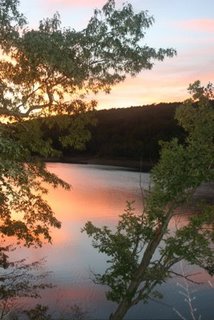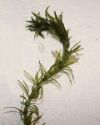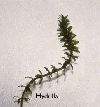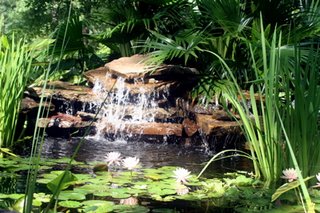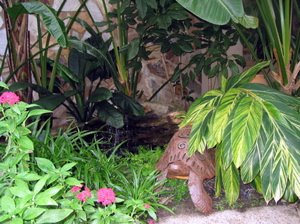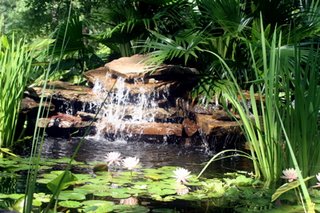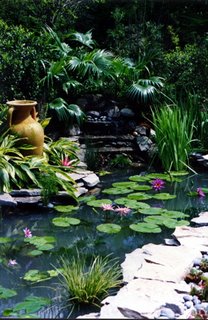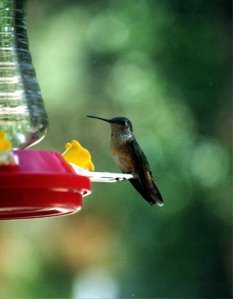
If you have a
pump
or
lights
in and around your pond, you must connect your cords into a GFI outlet. Some folks call it a GFCI. It is a Ground Fault Interrupter and has the capacity to cut off power instantly if it gets wet. If you are in the water or holding the cord when water comes in contact with electricity, you will realize the GFI was the best thing you had installed. Most construction codes call for them, but oftimes outside outlets do not have them. And in older homes, you won't find them either. If the GFI happens to get wet accidently, you must push the red button on the outlet to reset it. Have your electrician install them whenever water is near. You won't regret it. Water and electricity don't mix. Ever!




